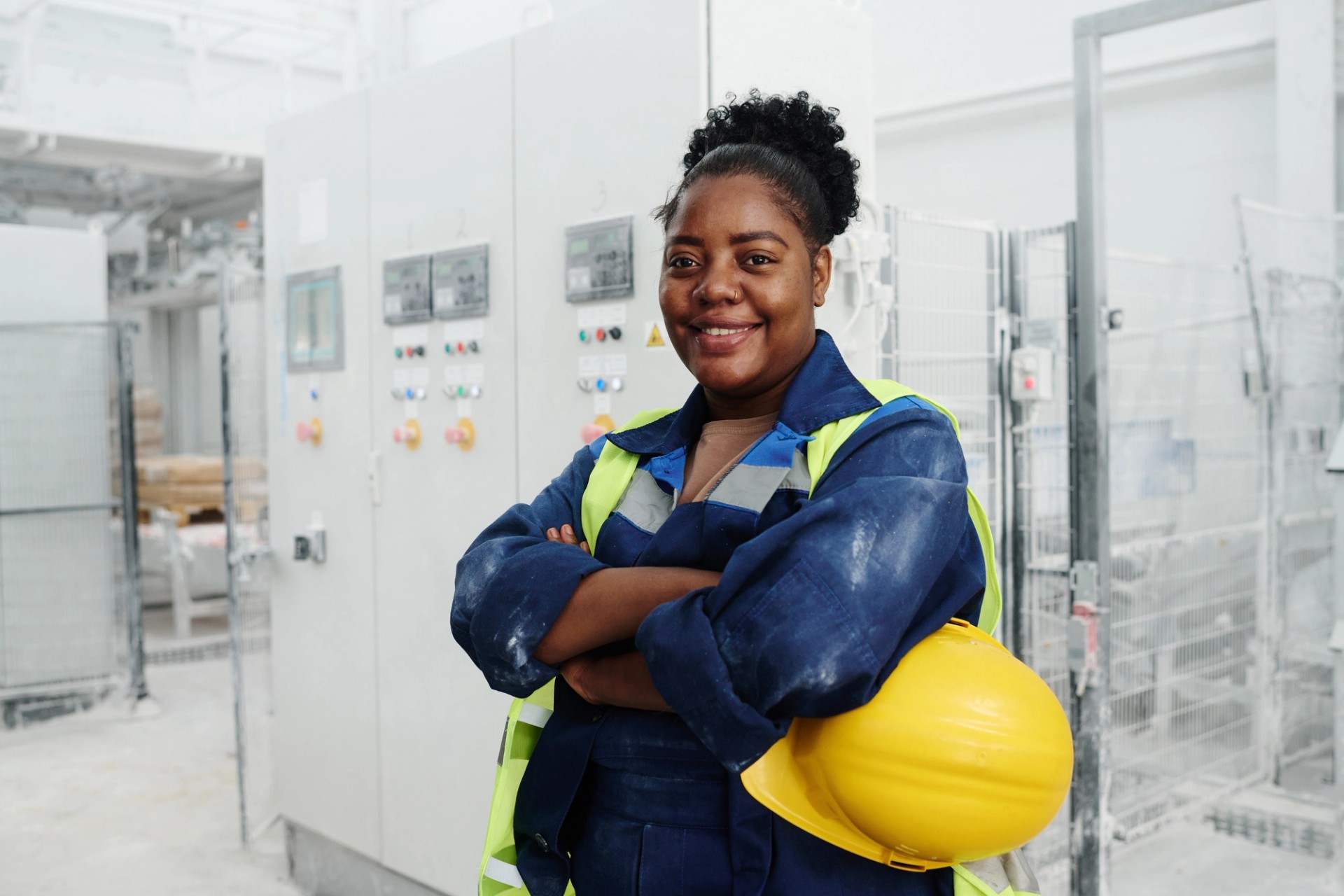Why Do We Need Primary Aluminum in the U.S.?
Episode 4 of our blog series unlocks the power of primary aluminum production despite challenges
Annie Sartor, Aluminum Campaign Director, Industrious Labs

"A domestic supply of clean primary aluminum will supply a critical material to the clean energy transition and bring a wealth of family-supporting jobs to communities hard-hit by industrial decline."
Primary aluminum production in the U.S. has dwindled in recent decades — we went from having over 30 smelters in 1980 to only four operating today. Current facilities are struggling with historically high electricity costs, which has resulted in recent smelter curtailments, and decline in domestic production has meant that the U.S. now imports significantly more primary aluminum than we produce. Today’s unprecedented energy costs currently stand in the way of existing facilities beginning to decarbonize their operations by securing affordable renewable energy, as electricity is by far the largest source of emissions from primary aluminum production. Given this challenge, why should we then keep producing primary aluminum in the U.S.? Why not allow existing facilities to curtail production, and keep increasing imports? Why do we at Industrious Labs continue to tirelessly advocate for a clean supply of domestic primary aluminum instead of focusing on recycled aluminum?
As a refresher, primary aluminum is new, raw aluminum that has not yet been recycled. Recycled aluminum, also called secondary aluminum, is made by remelting aluminum scrap, emitting far less carbon and polluting chemicals than primary aluminum production. A recent story in Canary Media stated that secondary aluminum uses “only 5 percent of the energy needed to make primary aluminum.” But as promising as secondary aluminum is, it unfortunately cannot fully replace demand for primary aluminum, and the need remains to address the pollution and emissions intensity of primary aluminum production.
When Industrious Labs advocates for a clean, domestic supply of primary aluminum, what we mean is primary aluminum that is produced using 100% clean energy. This is the critical first step toward decarbonizing and revitalizing the primary aluminum industry and sets the stage for further decarbonization in the smelting and refining processes. A domestic supply of clean primary aluminum will supply a critical material to the clean energy transition and bring a wealth of family-supporting jobs to communities hard-hit by industrial decline.
Here are four key reasons why we need to produce clean primary aluminum in the U.S.:
- Demand for aluminum in the U.S. and globally is forecasted to increase substantially over the coming decades, positioning aluminum as an essential material for the building blocks of a low-carbon economy, from electric vehicles to solar panels, batteries, and more. Industrious Labs’ recent memo Domestic Primary Aluminum Demand outlines the expected demand increase for primary aluminum following the passage of the Inflation Reduction Act.
- Secondary aluminum requires substantial quantities of primary aluminum for its production. Secondary aluminum producers need primary aluminum for strength and durability to produce products like electronics, transmission cables, key automotive components, cans, and aluminum foil.
- With the closure of one primary facility after another over the past several decades has meant the loss of thousands of jobs. In just the last four years, three primary aluminum facilities have shuttered and with them went almost 2,000 family-sustaining jobs. By investing in domestic manufacturing and keeping facilities open, we can reshore jobs and revitalize local communities. A stronger aluminum industry will create an economy that supports the dignity of working people and create green jobs at the same time.
- We rely heavily on international imports for aluminum, potentially jeopardizing our ability to meet the growing demand for aluminum here in the U.S. This over-reliance does not support local economies, nor will it meet our growing need for primary aluminum. Increasing the volume of primary aluminum imports could be challenging, as countries around the world are also facing increased demand. A clean domestic supply of primary aluminum can help eliminate our overreliance on unreliable international importers with long supply chains, as well as imports from regions with tension and political conflict.
Although it won’t be easy, it’s clear that the U.S. must clean up and modernize primary aluminum manufacturing in the U.S. Solutions are on the horizon, and the U.S. can make real progress in decarbonizing primary aluminum production, a key example being. Century Aluminum’s proposal to build a new primary aluminum smelter that would be the first in 45 years and will rely on carbon-free electricity (part of the U.S. Department of Energy’s $6.3 billion in funding toward industrial decarbonization projects across industrial manufacturing). More to come on this exciting opportunity for aluminum! In the meantime, you can read my most recent op-ed on the new green smelter and what’s at stake.